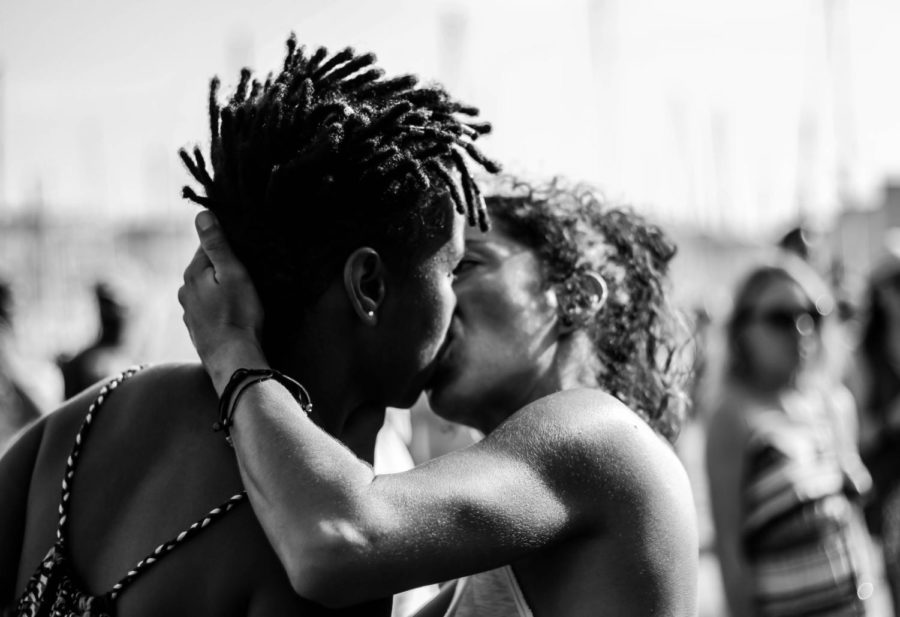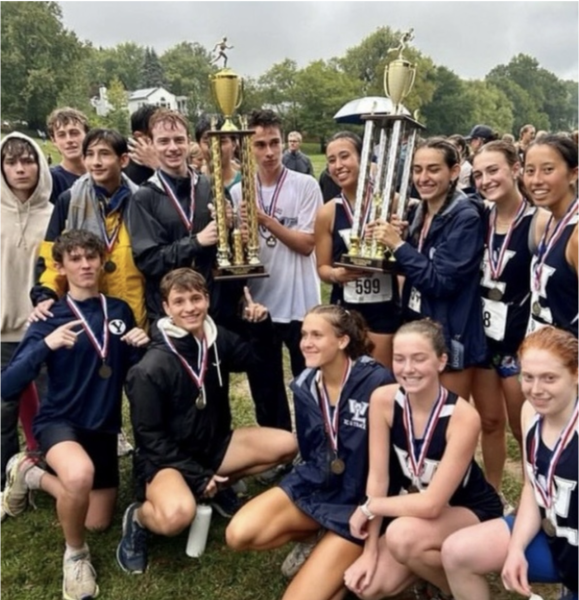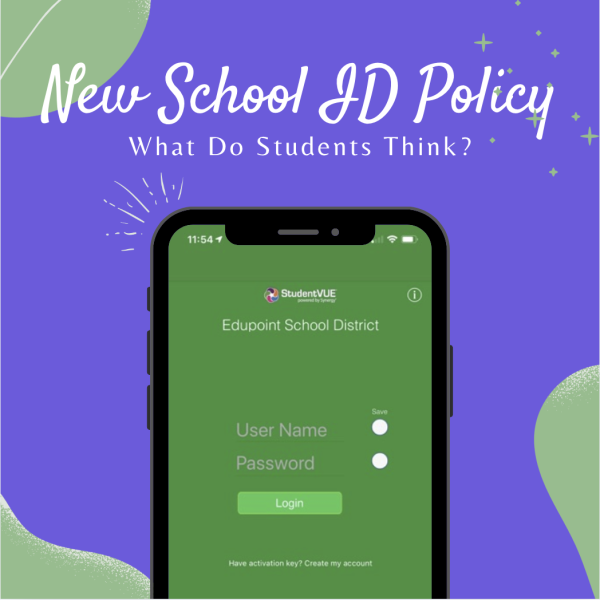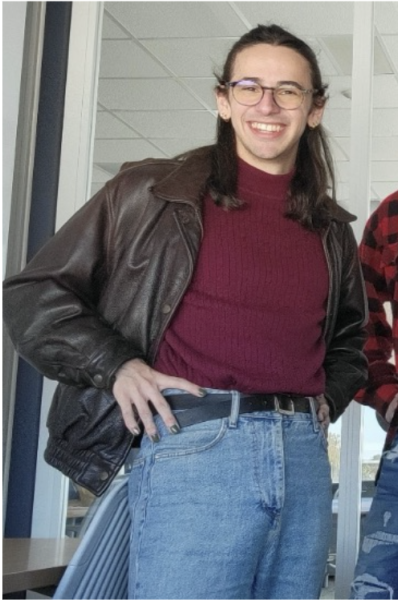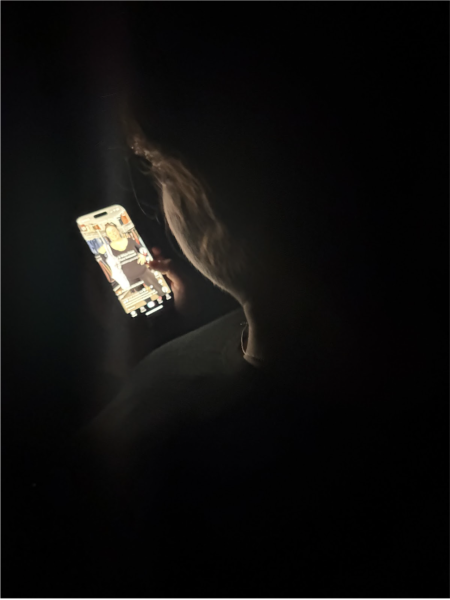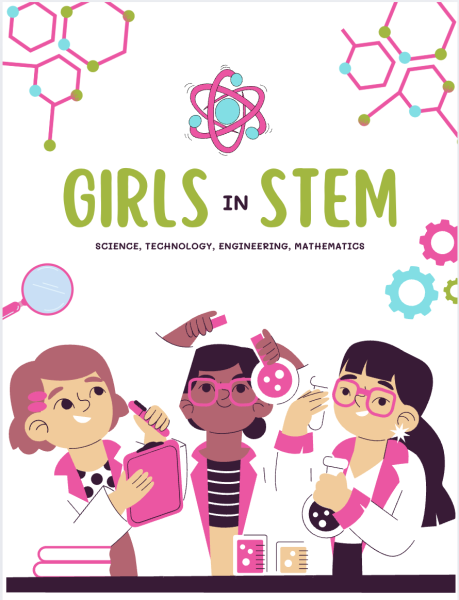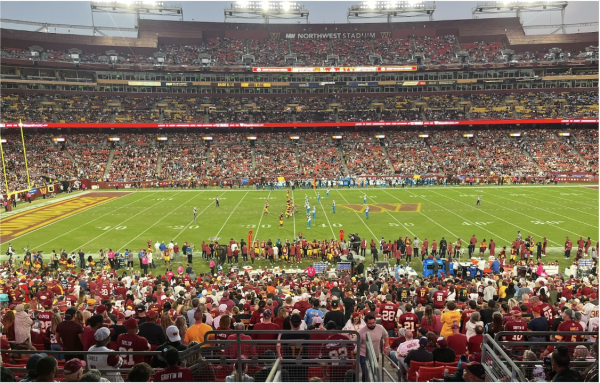A New Generation of Pride
And how we got here
The first-ever Pride Month march was held in New York City on June 28, 1970. The march marked the one-year anniversary of the Stonewall uprising, a series of riots that began after New York police officers raided a gay club called the Stonewall Inn. The police raid led to six consecutive days of protests, arrests, and violence. The Stonewall uprising changed the path for lesbian, gay, bisexual, and transgender (LGBT) liberation, by displaying the monumental pride and valor of the community.
Today, LGBTQ+ communities gather in the month of June, to celebrate the evolution and bravery of the many figures who had a role in the creation of pride month. Marsha P. Johnson, a Black trans woman, and activist, who spent most of her life advocating and fighting for the rights of homeless trans women, is remembered as a crucially important figurehead in the LGBTQ+ community. A few additional activists in the progress of the community include Bayard Rustin—friend and advisor of Dr. Martin Luther King Jr.—an openly gay political activist, Harvey Milk—the first openly gay politician elected to office in the United States, and Larry Kramer—one of the first individuals to speak up on the HIV/AIDS crisis. These individuals have certainly brought the month to its creation and popularity, but much has changed since then as generation Z (gen Z) welcomes and normalizes a multitude of new social and emotional opportunities for growth within the LGBTQ+ community. The LGBTQ+ community is evolving to pertain to all of those who choose to identify and many teenagers are beginning to share their stories.
“I started figuring [my sexuality] out after I started getting butterflies for this girl in this class and I didn’t know what it was,” an anonymous W-L sophomore said.
After thinking what she felt for a girl was plain friendliness, a sleepover she had in the eighth grade caused that idea to completely change. She remembers spending the entire night staying up with this girl, talking about any and everything. She could not expand on this realization or meet this girl again, as the COVID-19 quarantine abruptly shut down the 2020 school year. While this was quite unfortunate for her, this extra time of self-isolation made her think. She was able to reflect on the feelings she once had for “sleepover girl,” and with this reflection came the truth.
“In June 2020, I figured out that I liked both genders,” she said.
Though now knowing that she is sexually attracted to both boys and girls, the challenge of finding a label for herself has left her in a confused state. Stereotypes that come along with bisexuality can feel too harsh and generalized, which may lead to discomfort. Thus, anonymous began battling the idea of pansexuality, however, the same issue arose. She eventually stopped searching for labels.
“A label is not the most important thing in the world,” she said. “I don’t owe a label to anyone; I knew I liked girls and I knew I liked guys. And that was that.”
Now, as a high school student, she is more comfortable with identifying herself and acknowledging her sexuality. This was due to the open arms of the LGBTQ+ community, and the support of her straight, cis-gendered friends. Although only out to a few close friends, she believes that she is now in a place where she can openly form relationships with girls.
Pride for this student is about the freedoms the LGBTQ+ community never had in the past. It is about celebrating and being proud of one another, meeting new people, and having fun. While much is still needed in terms of social and political equality, LGBTQ+ gen Zs make coming out and joining the community more comfortable than it has been in the past.
“If you’re afraid of coming out, just know that you have thousands of teenagers in this country that can support you,” anonymous said.
Another student, a sophomore at the Arlington Career Center, is gay and non-binary. The journey to this realization was not as joyous and simple as it was for the previously mentioned girl.
“I found out I was gay after [a] time [that I was] bullied and [because of] challenges I’ve gone through,” they said. “I just gave myself the space and [mindset] to go through all the slanderous things people called me, and ask myself ‘Is this who I am?’ … eventually, I came to a conclusion.”
Though going through such unfortunate events as a preteen, they learned how choosing who to love is not actually a choice, and that people who are not as familiar with the LGBTQ+ community should understand and normalize that. Pride for this individual is about utter strength. Defying gender norms and socially constructed beliefs may bash them in the process of displaying their pride, but the month of June is meant for fighting back and uplifting each other within the community.
“[The LGBTQ+ community] as a collective reflects on our letdowns, moments of justice and injustice, and we’ll continue going forward with that,” they said.
One of the communities within the LGBTQ+ community, which is not discussed as often as identifying bisexuality or non-binary, is the transgender community.
“I’m a trans man,” a third anonymous student said.
This final student spent two Junes confused and consciously thinking about his identity, and although he is a transgender man, knowing and understanding his sexuality has not been as easy as knowing and understanding his gender.
“I am confused, but I call myself bisexual,” he said.
The weight of being a trans man during the first months of transitioning is something cis people will never be able to understand. He spent his freshman year in an unpleasant mental space and decided that that needed to change. By starting fresh, comfort soon followed.
“I spent a lot of years being really uncomfortable, and now I’m in a space where I can finally be comfortable,” the anonymous third student said.
Some fellow teens are unable to wrap their heads around the transgender community.
“You’re making it more complicated than it is,” he said.
He sees an incongruence in the way people perceive transgender youth and the way he views himself; he believes the basis of being trans is very simple and worth trying to understand. He feels that believing something is not normal simply because it is not normal to you is not logical when living on a planet with over billions of people and improperly acknowledging that an “other” exists is the root of transphobia.
Pride this year, to him, will be represented in the media as it always was:; a large parade with rainbows and cheer. However, he thinks it should be something greater than that.
“What I think pride needs to be right now, it does need to be an activism moment and not a big party,” he said.
Until the point that pride can be celebrated without the need to advocate for simple human rights, he will remain iffy about the month, but the process of creating the ideal community for such a diverse group of people coming together should be enjoyed. Pride, and being a member of the LGBTQ+ community is something enjoyed by these students, and many others.
“Life [as a member of the LGBTQ+ community] should not be about living, it should be about enjoying; that’s what it has done for me,” he said.
What did you think about this story? Do you have any suggestions for improvements or other articles that you would like to see? Please use the contact form to communicate with us! (Keep all information school-appropriate)
https://docs.google.com/forms/d/e/1FAIpQLSeRYRWwLLzvs2rqwHSGdr-DQRvxhUSx9UcaXypXxnvVuCqwyA/viewform


